#Tubuleslive event: Implants. Where do I start ? Where do Implants fit into your Treatment Plan ?
So this week's #Tubuleslive event was hosted by Dr Neel Patel and Dr Vinit Gohil: Implants, where do I start?
As this week's event was in Stevenage, I was unable to attend the event in person but instead I watched the event live online which was great as I could sit down with a nice cup of tea in my dressing gown!
It was interesting to watch the event online as you don't really get to see the ads and fillers when you attend the event live and I think it's quite a different experience from being there in person - I can't really decide which one I prefer as it's great to meet lots of different dental professionals at the events but I do like watching from the comfort of my sofa!
Here are the main points I have taken away from this talk:
- 1% of people surveyed in the 2009 Adult Dental Health survey had some sort of implant
- Implants have a rich history from Egyptian and Mayan civilisations, to the development of subperiosteal, endosteal and transosteal implants in the 20th century.
- OSSEOINTEGRATION is the key concept behind dental implants - this is the formation of a structural and functional connection between the living bone and the implant
- Implants can be in the form of single crowns, bridges, overdentures or maxillofacial prostheses.
- An implant is made up of 3 units: the implant, the abutment (i.e. the connector) and the prosthesis (crown, bridge, denture)
- The prosthesis can be retained either by a screw attachment or by cement (much like a conventional tooth crown)
- Making sure you have informed consent is crucial in implant dentistry. Always give the patient all other options: 1. Leave the space 2. Removable prosthesis 3. Bridgework (resin retained or cantilever) 4. Implant
- SAC risk assesses each patient in terms of the expected difficulty of implant treatment taking into consideration factors such as the patient's medical history, their expectations, the site of the implant, whether a graft is needed etc.
- It is essential to plan the final restoration when considering implant work; always work from the crown downwards. In order to do this you should consider 3D scans, wax-ups and locator stents
- The McGill Consensus stated that an edentulous patient's quality of life is greatly improved with an implant-retained lower overdenture and that this should be the first line of treatment for these types of patients
- There are different routes to get into implant dentistry: CPD events, certificates, diplomas, masters programmes and specialist or hospital training.
- If you are considering implant dentistry you can be supported by other local referral practices, mentors, your local team and national and international implant organisations
- There are over 1500 types of implant out there! Therefore when choosing which one to use on a patient it is important that there is an evidence base and you have been correctly trained and supported in the provision of that type of implant
As a recent graduate, I feel that this field of dentistry seemed to be skimmed over at undergraduate level and I have already seen quite a lot of patients who either have implants or who are interested in getting them.
I feel like this area of dentistry should be given more attention at dental school as it's a common source of interest with patients in general practice nowadays.
GDPs need to know how to manage patients who have implants and how to manage possible complications e.g. peri-implantitis. I think it is also important to know which types of patients are suitable for this type of treatment so that we can make appropriate referrals and give patient's realistic expectations.
Having seen a few patients which dubious looking implants which had been placed abroad, I think that GDPs should also have a basic understanding of implant designs in order to educate their patients to discourage unsatisfactory treatment as a result of dental tourism. But that is a different topic all together.
The next #Tubuleslive event is on the 6th of November with Dr Rana al Falaki, Laser Periodontics: Where a Scaler and Blade just won't do.
Did you attend this webinar or watch it online? What are your thoughts about implant dentistry in general practice? Please let me know in the comments!
To see my other posts about previous #TubulesLive events see here.





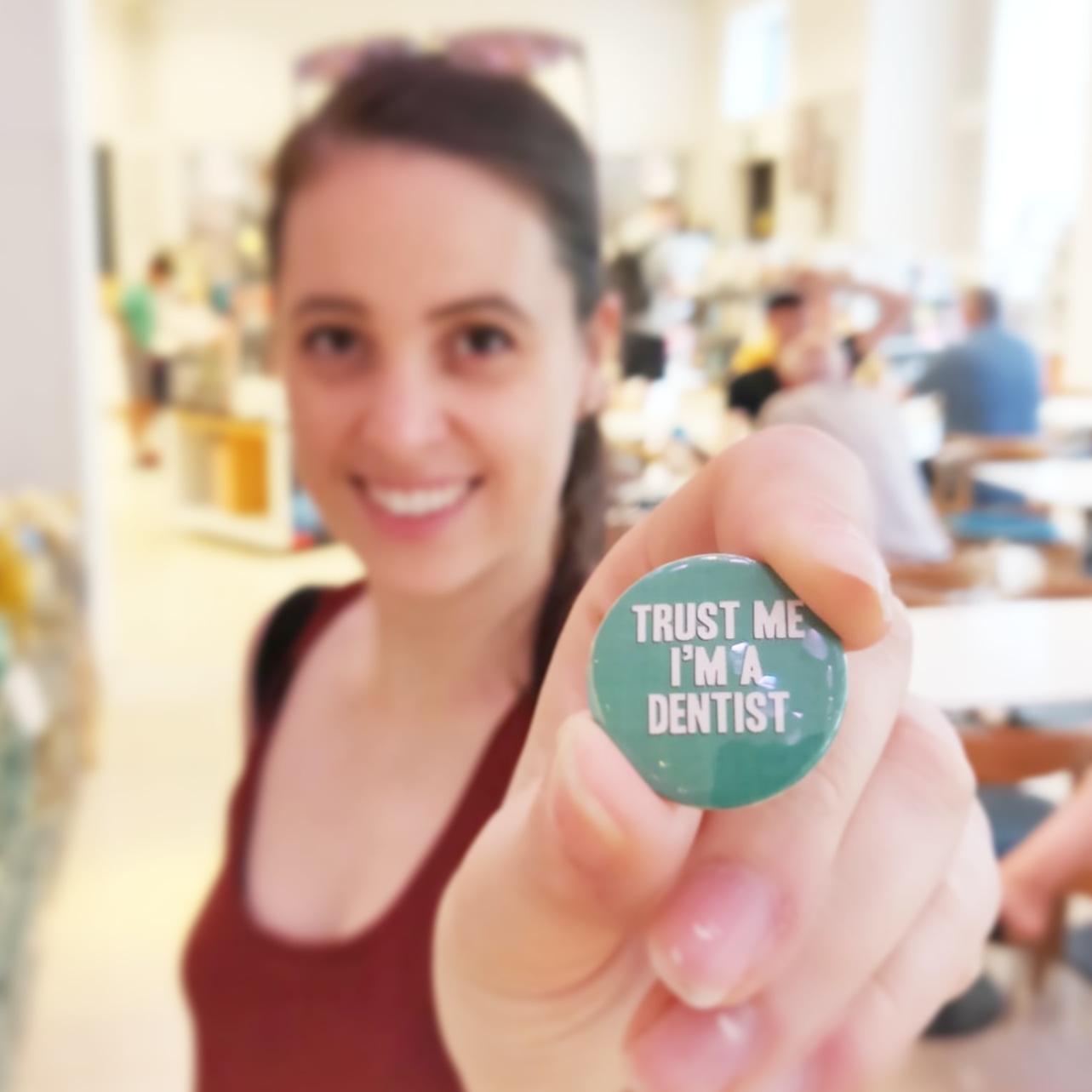





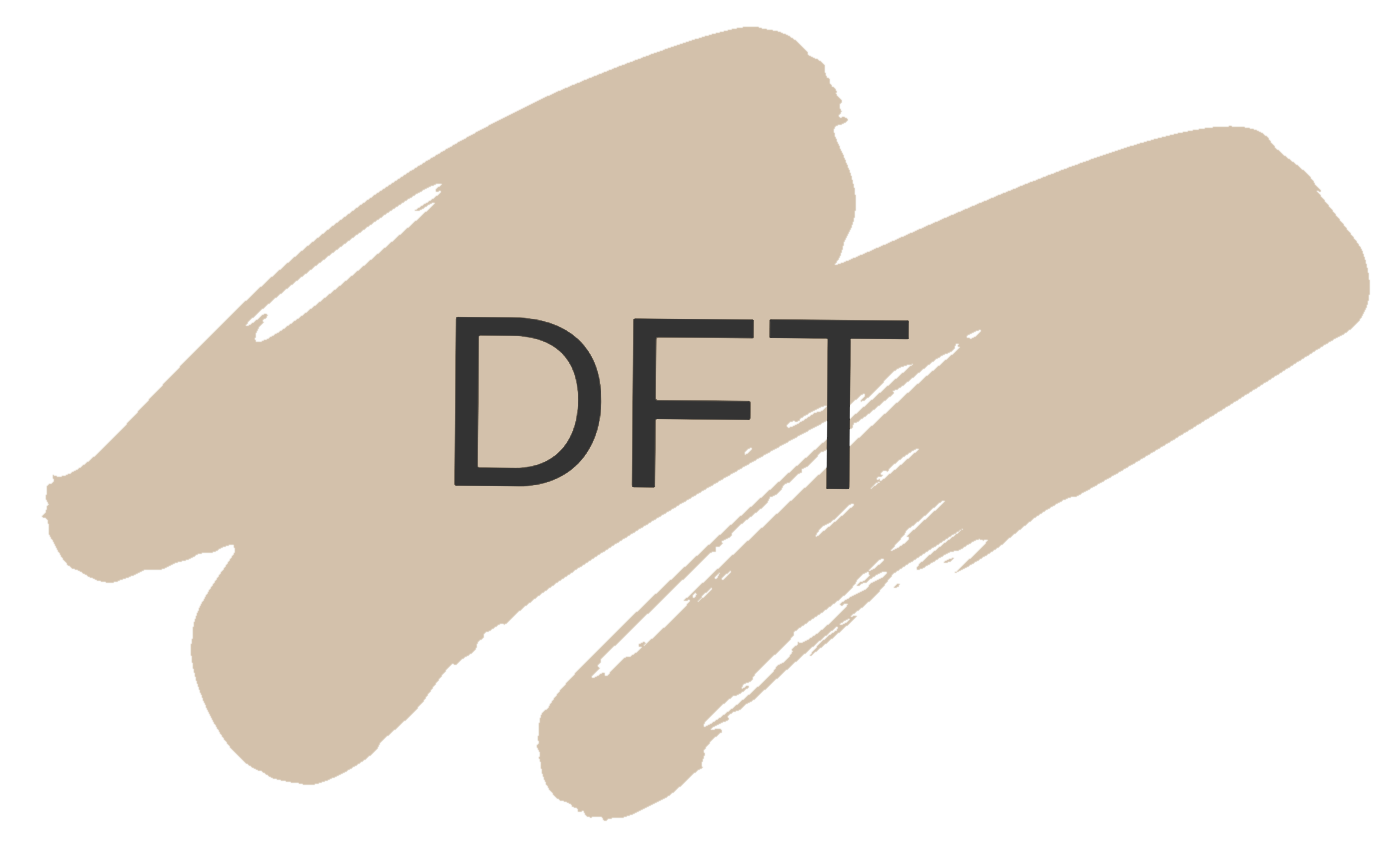

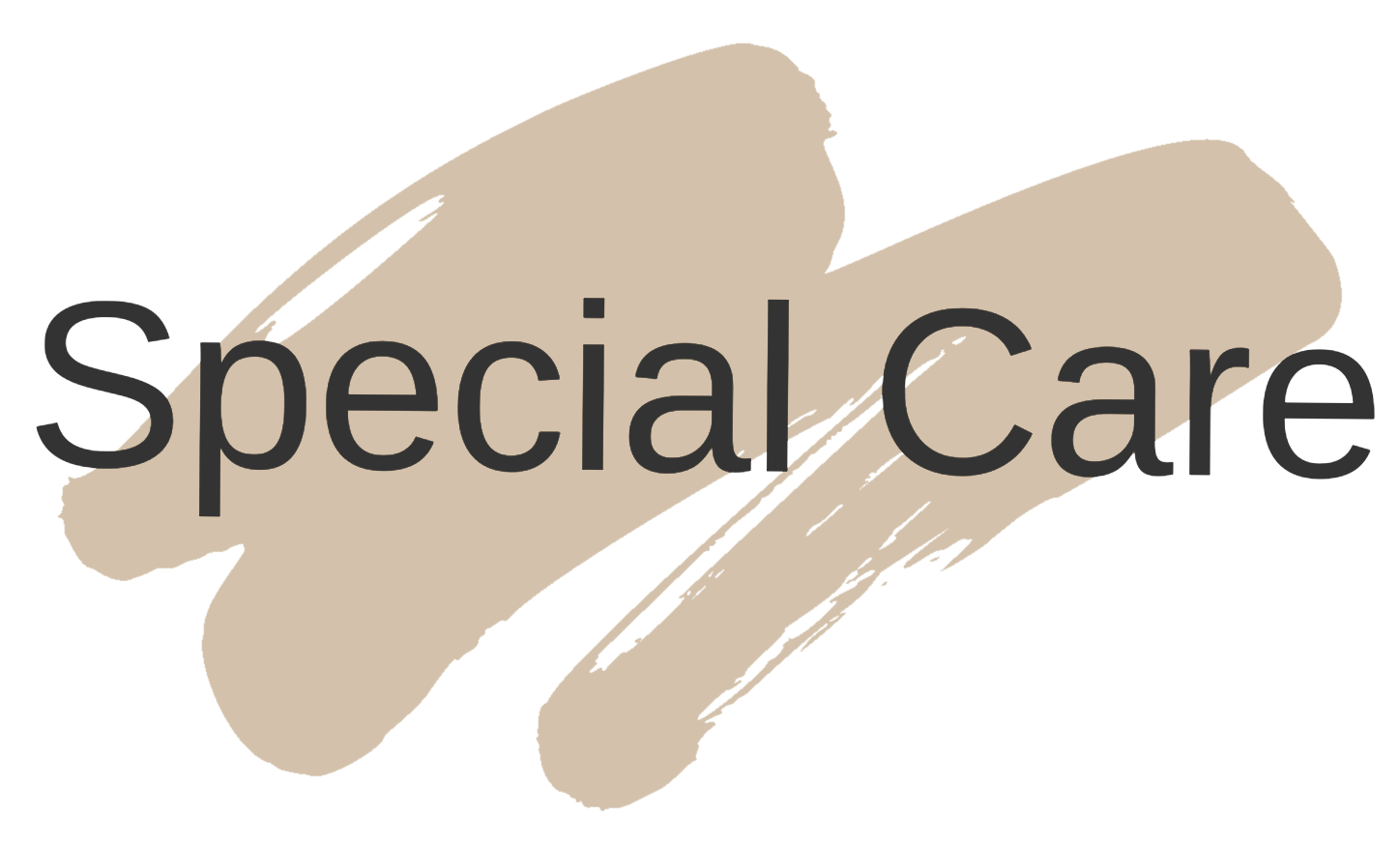
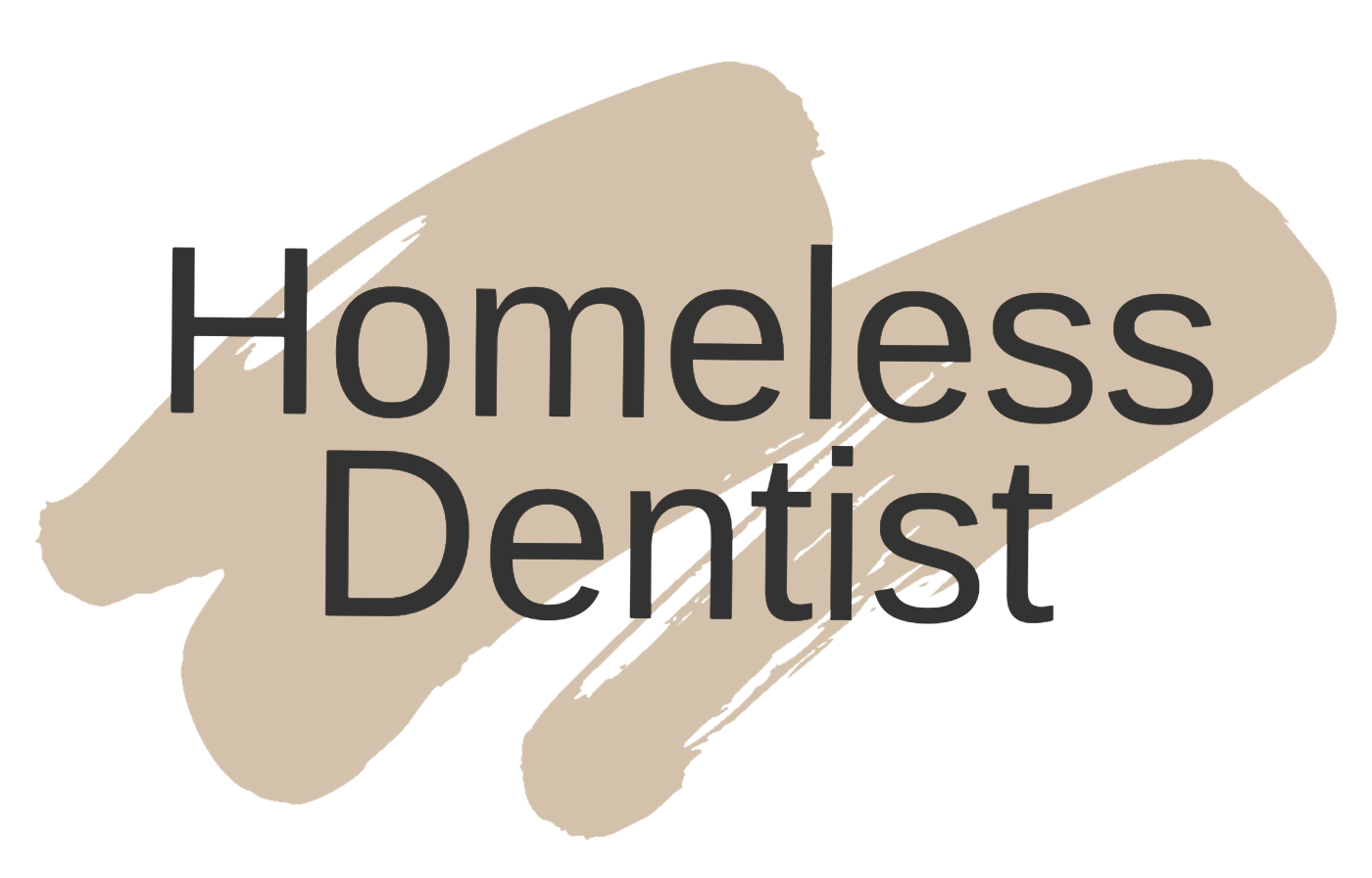



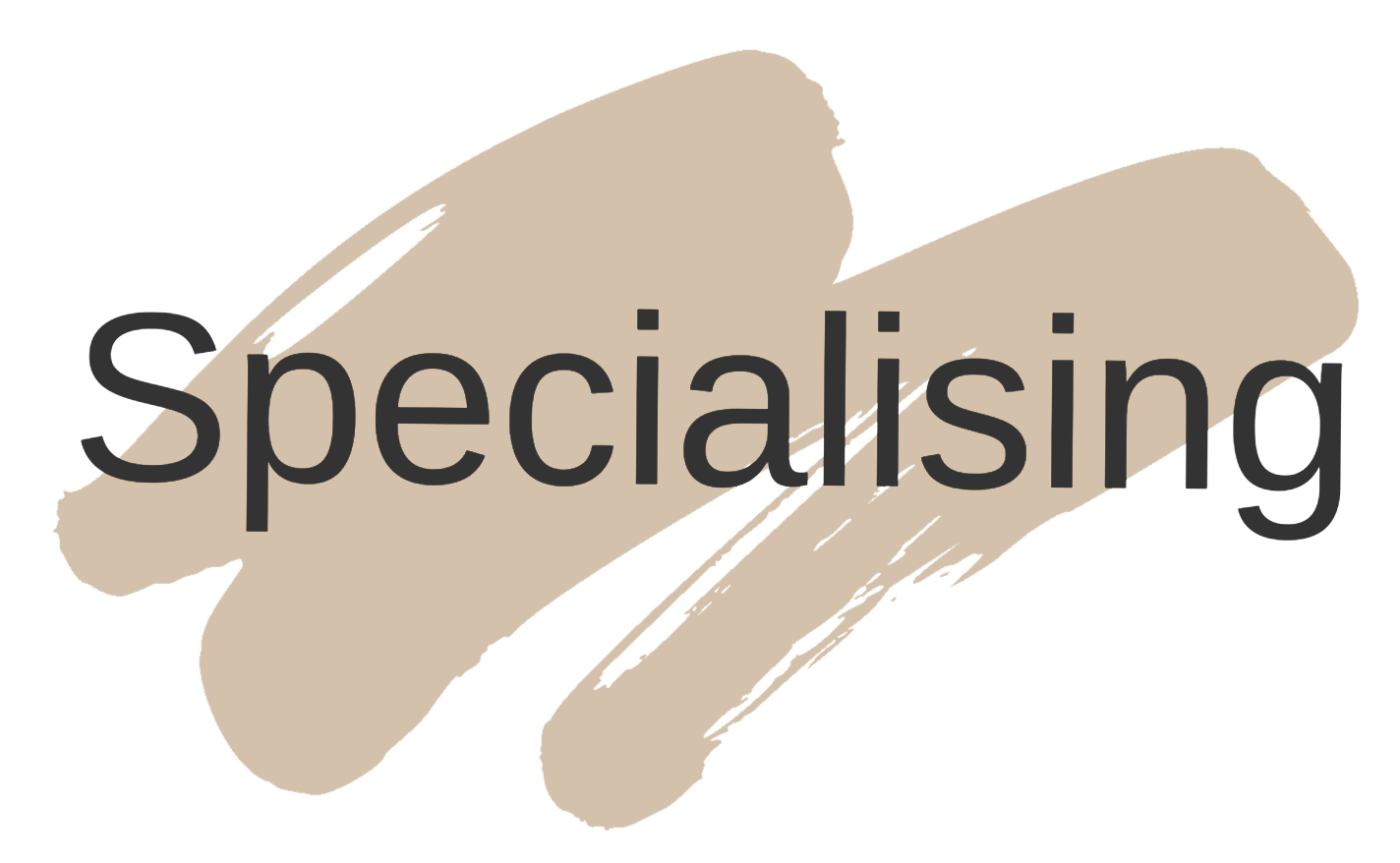
1 comments
Thanks for sharing this post and visit my articlesCheek Implant in pakistan
ReplyDelete